With more than half of the world’s population living in urban areas – responsible for up to 70% of greenhouse gas emissions – it’s vital that cities and their leaders commit to environmental policies. Ahead of COP 21 in Paris, a new report from C40 Cities shows that mayors of some of the world’s greenest cities are already making them more resilient and are even achieving economic growth by investing in sustainable development. As for the mayors themselves, tackling climate change is not just part of the job; from turning vegan to boycotting baths, city leaders are taking the fight home.
Organic farmer turned politician: Gregor Robertson, Vancouver, Canada

When Gregor Robertson was elected mayor of Vancouver, he promised to make the Canadian city the greenest in the world by 2020. He describes it as a decathlon: the city has 10 targets from doubling green jobs and reducing waste to making the city’s buildings 20% more energy efficient.
For Robertson, working towards a more sustainable future was the reason he got into politics. He says: “I’ve long believed that the future hinges on our cities becoming truly sustainable and that means transforming our cities from the inside out. It means we will have liveable cities for generations to come.”
Robertson says he walks the talk on sustainability. “The way I live is connected to these goals.” His degree in biology and involvement in the organic food movement have been “valuable to [his] thinking as mayor”. Cycling is his main form of transport; he eats locally on a low-carbon diet, with no meat nor dairy; he’s had his last three homes renovated to be 100% renewable; and he was an organic farmer before he got into politics. “It’s simple steps people can take, and it makes a difference for the city and the world,” he says.
Paid in the Bristol pound: George Ferguson, Bristol, UK

Bristol was named 2015’s European Green Capital for committing to environmental improvement with a “sense of fun”. Its first elected mayor George Ferguson is a qualified architect who studied at the University of Bristol, and has been involved with sustainable campaigns ever since. As a student he protested against the building of a hotel in the Avon gorge, and campaigned against the construction of the Bristol inner circuit road. “I laid down my own agenda way before leading a city,” he says.
As an architect, he’s “always reused buildings”. Ferguson lives in an apartment in the old tobacco factory, which has a solar panel roof. Residents recycle their water through harvesting rainwater. “I don’t have a bath so I only shower, and I try to keep the heating relatively low. I actually enjoy living like that.” he says. “I judge everything that I do on its impact on the environment, which I tie up with social and economic impact.”
Ferguson’s mayoral salary is paid in the Bristol pound – a currency he set up to encourage local spending. “If I eat out it’s always in a local independent business; I buy my bike from a local, independent company, and that creates the circular economy that creates jobs and a better community.” But Ferguson says he isn’t “hippie green”. Instead, he’s an entrepreneur who even has his own brewery, to keep things local.
Even her shed has solar panels: Anne Moran, Adelaide, Australia
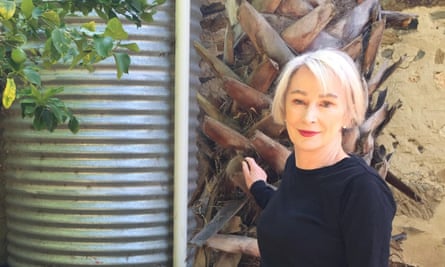
Known as one of Australia’s greenest cities – it has 29 parks – Adelaide is home to the world’s first fully solar powered electric bus, named Tindo. The city council has changed all of the traffic lights to efficient LED globes, reduced its own carbon emissions by 60%, and is aiming to be carbon neutral by 2020. “Adelaide is a small compact city surrounded by a green belt so it is easier for us to embrace carbon neutrality and green initiatives than many of the larger cities,” says councillor Anne Moran.
She helped set up incentive schemes for businesses and residents to install rainwater tanks and solar panels. “We are perfectly set up to show how a city can reduce its carbon emissions and still have positive economic growth,” she says.
In her own home she’s installed 40,000 litre rainwater tanks, low-carbon lights and has solar panels on the roof and even on the shed. “Change must happen locally as well as globally, and I get a lot of personal satisfaction for doing my bit and setting a good example.” She also gets to eat fresh free range eggs from her four hens who live in the backyard.
Gives out fruit for free: Zoran Janković, Ljubljana, Slovenia
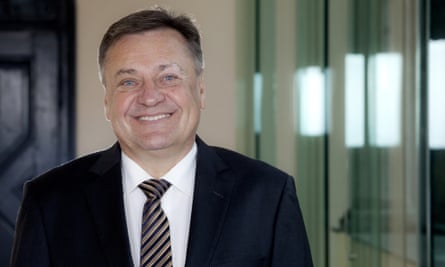
The Slovenian capital, Ljubljuna, is 2016’s European Green Capital. Mayor Zoran Janković has implemented 1,700 green projects since his first election in 2006. He pedestrianised the city centre and introduced kavalirs – electric vehicles which transport people who struggle to walk around pedestrianised zones, completely free of charge. The council is currently in the process of energy-efficient refurbishment of up to 400 municipal buildings by 2017.
As city leader, Jankovic does his best to be a “model resident of [his] municipality”. He says: “Whenever it is possible, I am a pedestrian and I also enjoy being in nature. I love to run or walk my dogs on Golovec, a Ljubljana hill next to my doorstep.” As a lover of nature, he opened a public orchard last week, inviting everyone to take a fruit for free. “To me it is all about solidarity and keeping in mind that whatever we do today will have an impact on future generations, on our children and grandchildren,” he says.
Buys secondhand clothes: Karin Wanngård, Stockholm, Sweden
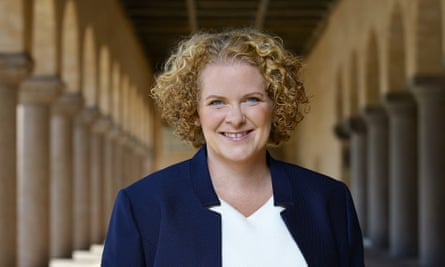
Stockholm was the first city to be named European Green Capital because of the action it took on reducing noise pollution, creating an integrated waste system, and the fact that 95% of the population lives less than 300 metres from green areas. Today district heating is produced by almost 80% renewable fuels and energy from waste. All new buildings must be sustainable.
“We know this is how can we can save the world. As mayor for Stockholm it’s my responsibility to make it easier for citizens to be eco friendly,” says mayor Karin Wanngård, who “lives as a Stockholmer”, using public transport whenever possible or walking.
At home she uses food waste at compost, she recycles paper, plastic, metal, batteries, as well as clothing – and tries to buy only secondhand clothes. She uses a geothermal heat pump, choosing an environmentally friendly alternative to heat her home. But living this way is not easy. “The hardest thing to do is changing the behaviour,” she says. “I have two small children and I need to transport them, and it’s really easy to take the car instead of taking a bus so I also as a citizen need to change my behaviour.”
Cycles in the snow: Frank Jensen, Copenhagen, Denmark
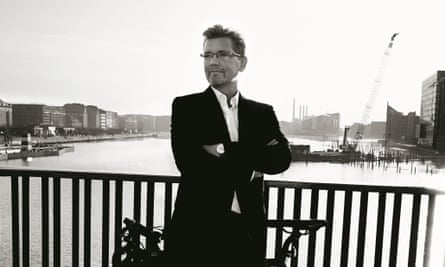
Denmark was the first country in the world to implement environmental law, so its capital is known as one of the most sustainable in the world. In 2009 Copenhagen set a target to become CO2 neutral by 2025, which would make it the first large carbon-neutral city in the world. They hope to achieve this through transition of energy supply to buildings, waste management and public infrastructure. “The city has made it possible for citizens to live green,” says mayor Frank Jensen. “The main reason Copenhageners cycle is that it’s fast and easy thanks to efficient bicycle infrastructure.”
Jensen rides his bike the whole year round, “even when it’s snowing or freezing”. For him, fighting climate change isn’t “ideological, it’s a choice”.
“As a young boy growing up in Denmark during the big oil crises I learned not to use electricity when you’re not at home, or turn down the light and take facilities out of the electricity system when they’re not in use,” he says.
“Going green is not only a possibility; it’s a must. Mayors can’t just talk about climate change, they need to react against it. It’s our citizens being affected by changing climate.”
Talk to us on Twitter via @Guardianpublic and sign up for your free weekly Guardian Public Leaders newsletter with news and analysis sent direct to you every Thursday.
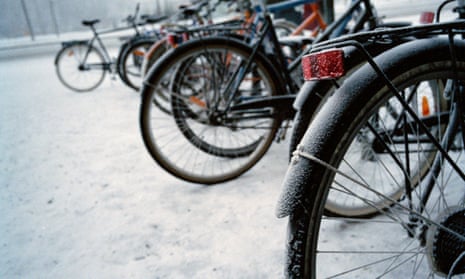
Comments (…)
Sign in or create your Guardian account to join the discussion